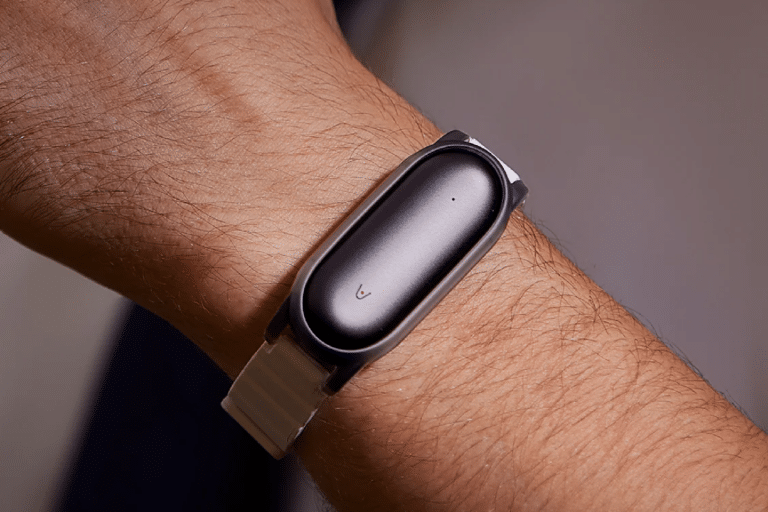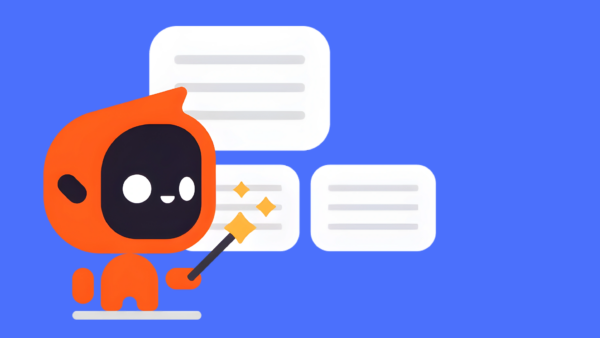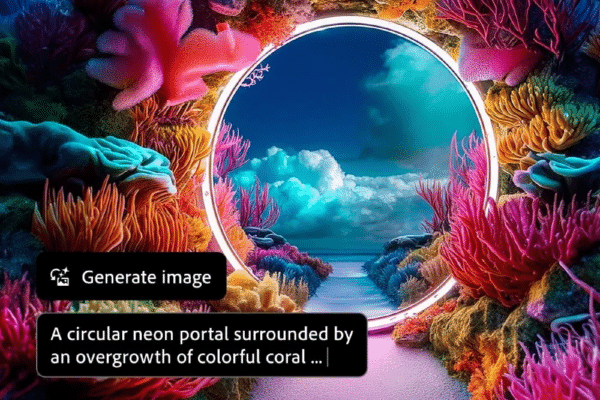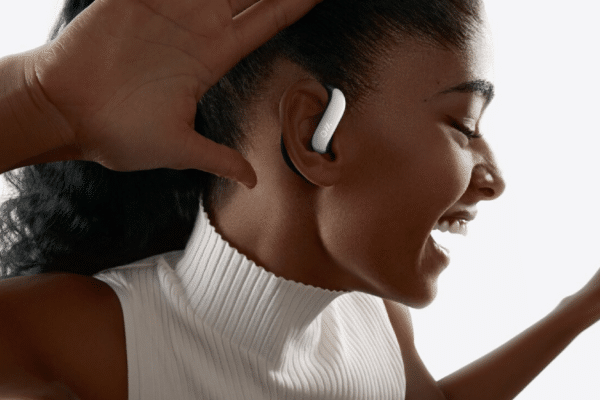The Plaud.AI NotePin is a compact and portable device designed to simplify the recording and transcription of conversations. It can be worn on the wrist or magnetically attached to clothing, making it discreet and accessible at any time. With just one touch, it starts recording, and another touch stops it, offering haptic confirmations to ensure operation. Recordings are stored in real time on the phone, and users can choose to transcribe them using artificial intelligence technology. The NotePin is capable of handling multiple speakers in 59 languages, separating voices and providing clean, organized transcripts.
The Plaud.AI proposal
Earlier this year, the company launched Plaud Note, a device that attaches magnetically to a cell phone and uses artificial intelligence to transcribe conversations. Although I didn't try that initial model, I was intrigued by the idea when Plaud introduced NotePin, an even more compact version.
This new device can be worn on the wrist or magnetically clipped to clothing. With just one touch, it starts recording, and with another touch, it stops recording. The recordings are saved directly to the phone, and the user can decide whether to transcribe them immediately or not, depending on their subscription plan. The devicecosts $169 and includes 300 minutes of free monthly transcription. There is also a $6.60 per month Pro plan, which increases transcription minutes and adds features, such as customized templates and an AI agent that extracts more information from recordings.
The user experience
NotePin's design is intended to be unobtrusive, yet intentional. Unlike other devices that record without visible interaction, this one requires a deliberate action to begin recording, ensuring transparency to the person with whom you are conversing. The device also offers a haptic vibration when it starts and finishes recording, providing physical confirmation that it is working properly.
Plaud's software, powered by AI technology, does an efficient job with transcriptions and summaries. It also has additional tools, such as voice separation, management of multiple speakers in 59 languages, and a simple interface for sharing recordings with colleagues. While the system does not, at least for now, allow you to click on a word in the transcript to play the corresponding audio, its overall functionality remains quite effective.
A limited niche market?
While the device has proven to be an effective solution for my needs, I wonder if there is a large enough market for Plaud.AI to maintain a sustainable business model. While it is ideal for journalists and professionals who attend many meetings, the era of all-round smartphones raises a question as to whether devices like the NotePin will be able to capture a wider audience. The NotePin's streamlined functionality makes it attractive to those who need accurate transcripts without hassle, but it is uncertain whether it can compete with other solutions that are more integrated into today's mobile devices.
Ultimately, the NotePinoffers a well-designed solution to a common problem in work and interview environments. Its AI technology, combined with a functional design and intuitive user experience, promises to make life easier for those who rely on transcribing conversations. However, its future will depend on whether it can appeal to a broader audience outside its current niche.






